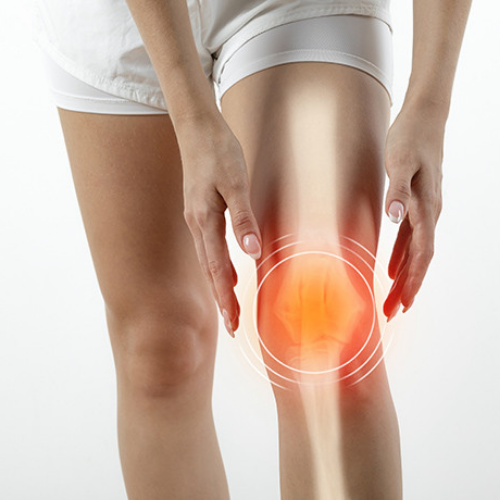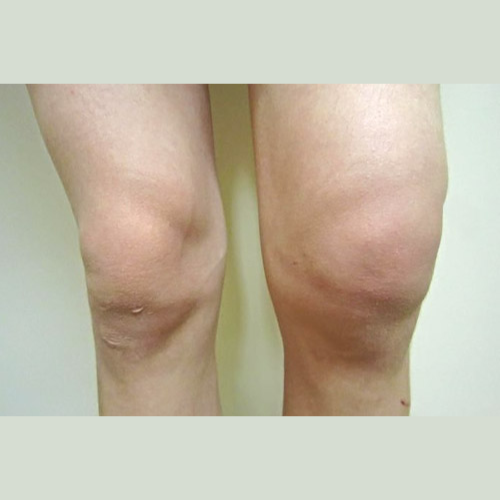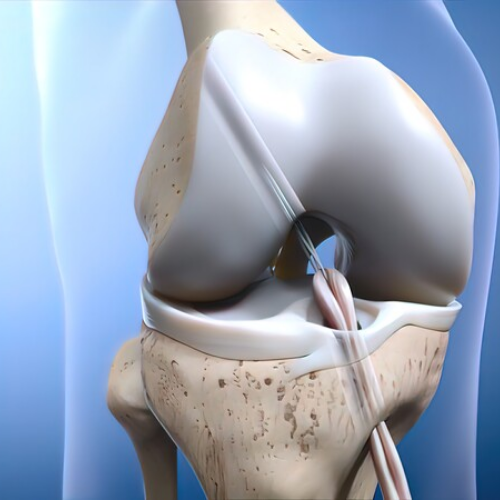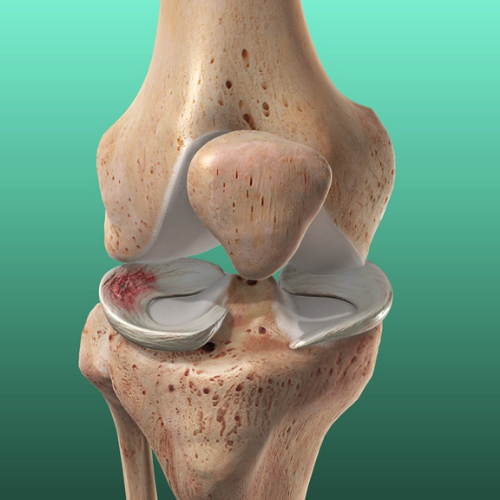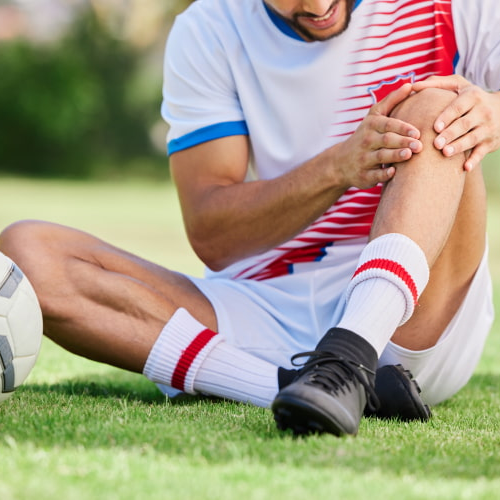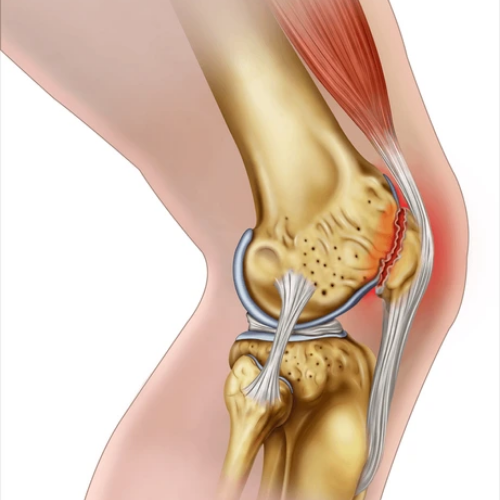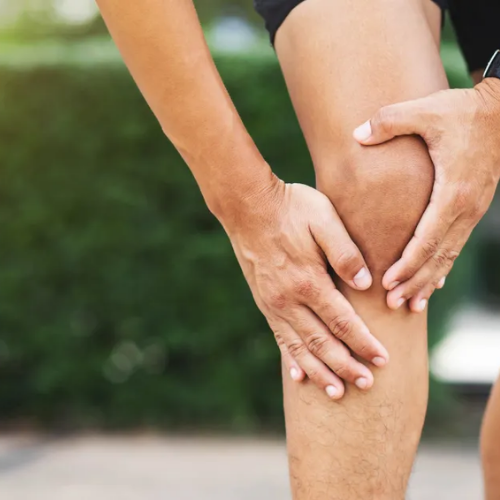Working Time
Book Appointment
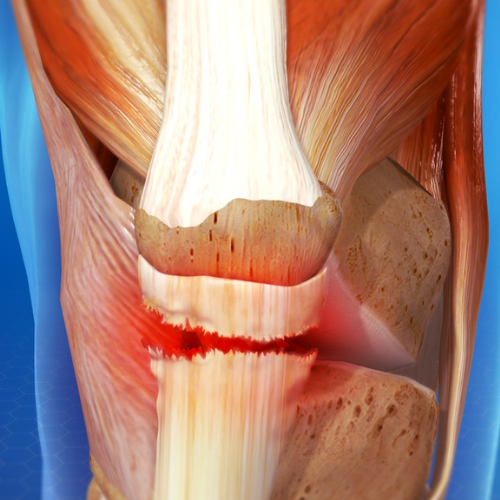
Patellar tendinopathy, commonly known as jumper's knee, is a condition characterised by pain, inflammation, and degeneration of the patellar tendon. This vital tendon connects the kneecap (patella) to the shinbone (tibia) and is often seen in athletes engaged in activities involving repetitive jumping and running.
Causes
1. Overuse: Repetitive stress on the patellar tendon due to intense activities.
2. Muscular Imbalances: Weakness or tightness in the muscles around the knee.
3. Training Errors: Sudden increases in activity intensity, duration, or frequency.
4. Biomechanical Factors: Abnormalities in joint alignment or foot structure.
5. Age: More prevalent in adolescents during growth spurts.
Symptoms
Tenderness and pain around the lower edge of the kneecap.
Difficulty in bending or straightening the knee.
Inflammation around the patellar tendon.
Thickening or nodules in the tendon.
Treatment Options
· Rest and Modification of Activities
· Icing
· Physical Therapy
· Bracing and Taping
· Anti-Inflammatory Medications
Consult with Dr. Tushar for personalised advice.
Revitalise your knee health with specialised care. Dr. Tushar is dedicated to diagnosing and treating knee conditions.
Whether you're dealing with persistent pain, swelling, or mobility issues, he offers tailored solutions to enhance your well-being.
Don't let patellar tendinopathy hinder your active lifestyle—schedule a consultation with Dr. Tushar for expert guidance and effective treatment.
Your knees deserve the best care; trust Dr. Tushar to be your partner in knee health.
Knee Ligament Injuries: ACL and Collateral Ligaments
Knee ligament injuries are common and can significantly impact the stability and function of the knee joint. Two major types of knee ligaments often affected are the Anterior Cruciate Ligament (ACL) and the collateral ligaments (medial collateral ligament, MCL, and lateral collateral ligament, LCL).
ACL Tears:
The ACL is a major ligament in the knee that provides stability by preventing excessive forward movement of the tibia (shinbone) in relation to the femur (thighbone). ACL tears often occur during sports activities that involve sudden stops, changes in direction, or direct impact to the knee.
Collateral Ligament Injuries: The collateral ligaments of the knee include the medial collateral ligament (MCL) on the inner side of the knee and the lateral collateral ligament (LCL) on the outer side of the knee. These ligaments provide stability to the knee joint and help prevent excessive side-to-side movement.
Management
Initial Evaluation: Following a knee ligament injury, a thorough evaluation by a Pain specialist is essential to assess the severity of the injury, determine associated injuries, and develop an appropriate treatment plan.
Conservative Management: RICE Rest, Ice, Compression, Elevation
Immobilisation: Depending on the severity of the injury, a brace or immobiliser may be used to stabilise the knee and protect the injured ligament during the initial healing phase.
Physical Therapy
Regenerative Therapy:
Platelet-Rich Plasma (PRP) Therapy:
PRP injections, which contain concentrated platelets and growth factors obtained from the patient's own blood, may promote tissue healing and regeneration in the injured ligaments.
BMAC: Stem cells derived from the patient's bone marrow or adipose tissue can be injected into the injured ligaments to stimulate tissue repair and regeneration.
injections of regenerative therapies such as PRP or BMAC can be performed under ultrasound or fluoroscopic guidance to ensure precise placement into the injured ligaments.
Surgical Intervention: In cases of severe ligament injuries or failure of conservative management, surgical reconstruction or repair of the injured ligament may be necessary.

